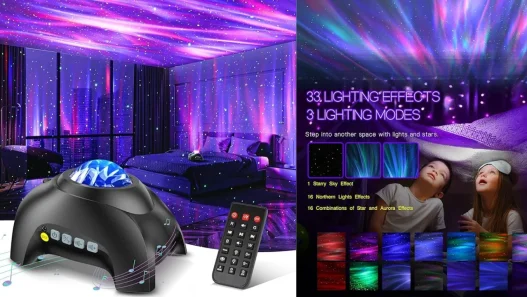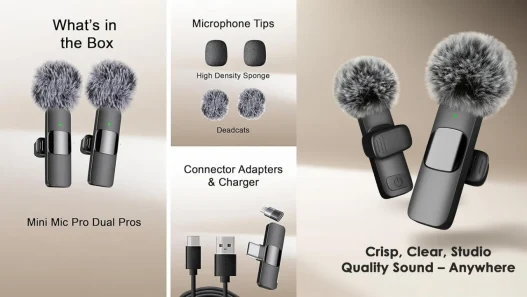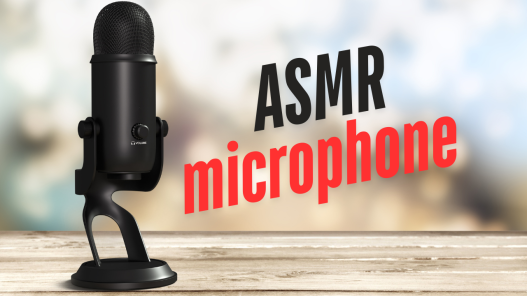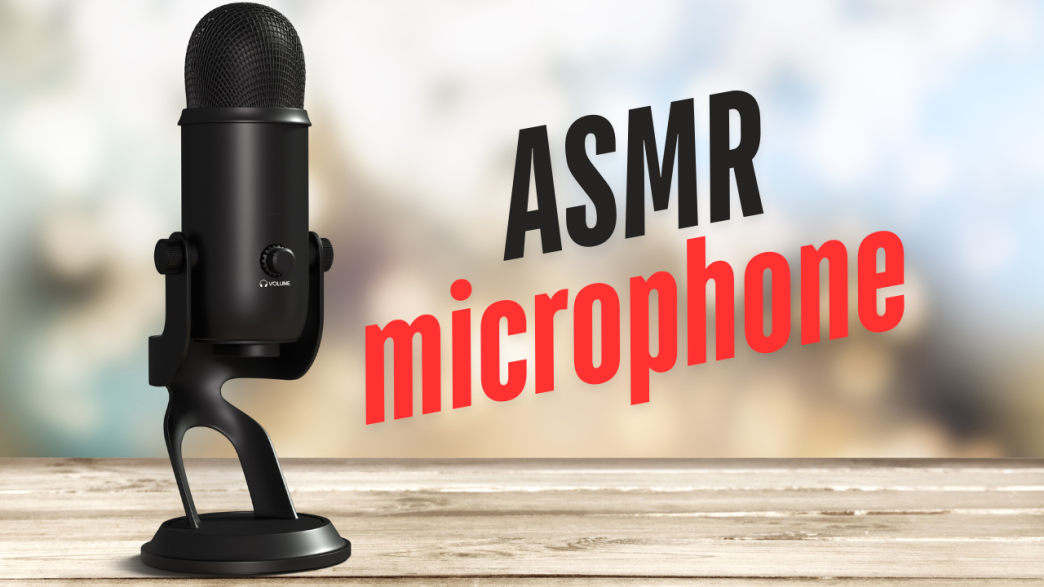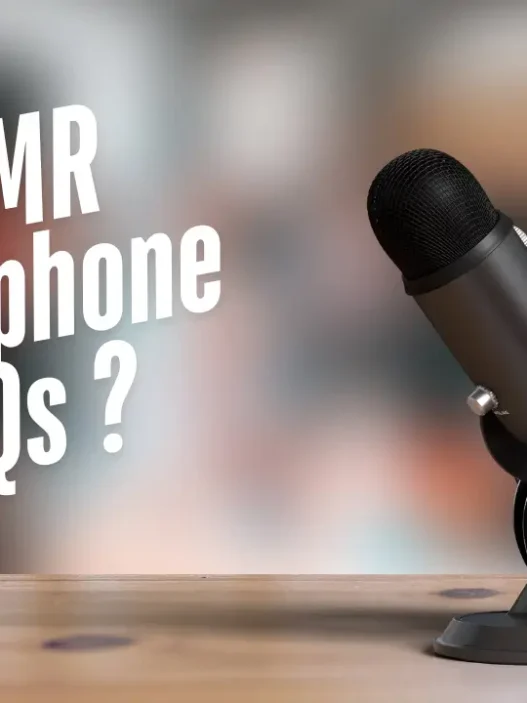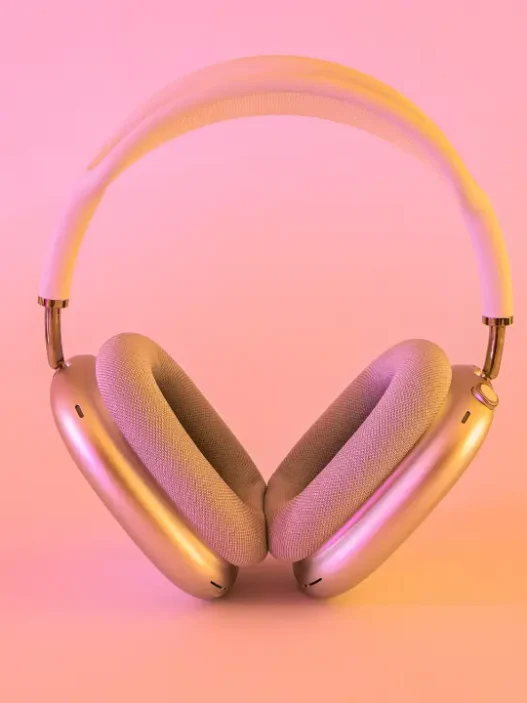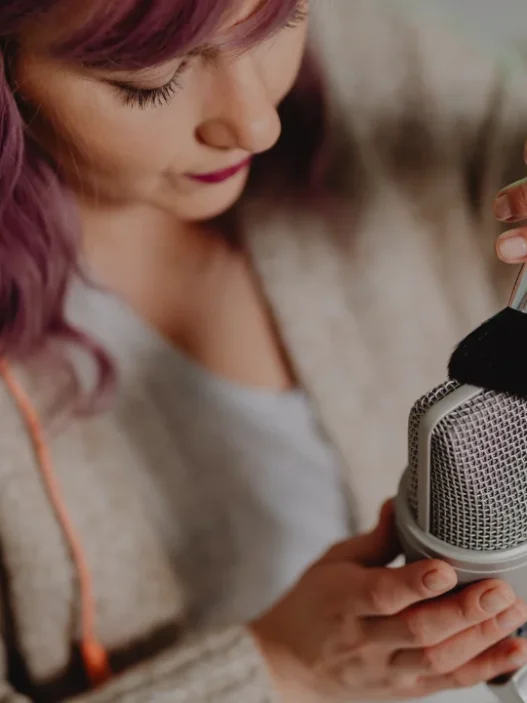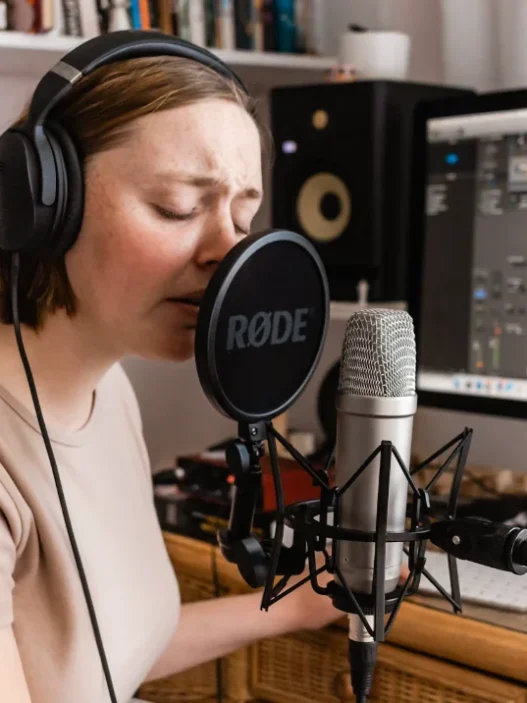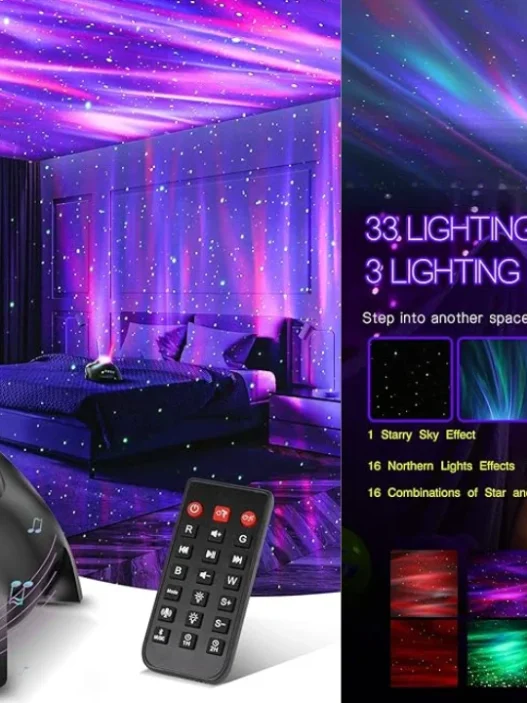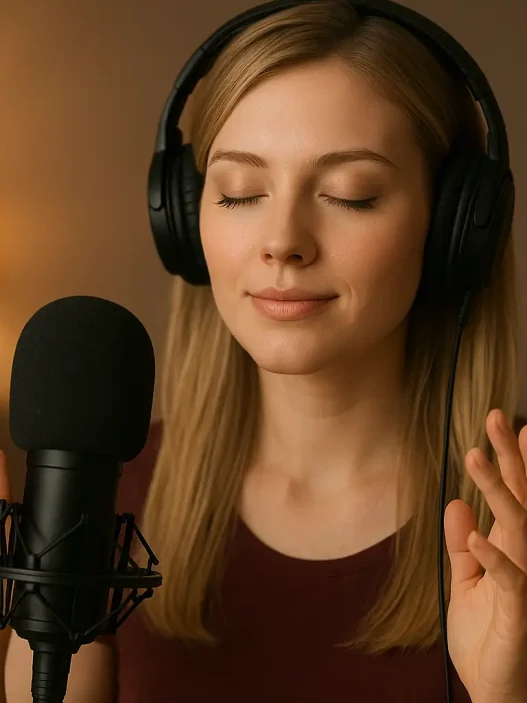ASMR (Autonomous Sensory Meridian Response) has exploded in popularity, with creators using whispers, soft sounds, and delicate triggers to relax millions of listeners. But to deliver that spine-tingling experience, you need the best microphone for ASMR.
Whether you’re a seasoned ASMRtist or just starting out, this guide breaks down the top ASMR microphones and key features to elevate your audio quality.
Key Features to Look for in an ASMR Microphone
Not all mics are built for ASMR’s unique needs. Prioritize these features:
- Sensitivity: Captures subtle sounds like whispers or page turns.
- Low Self-Noise: Minimizes hiss during quiet recordings.
- Polar Patterns: Cardioid (directional) or binaural (3D) modes isolate sounds.
- Frequency Response: A wide range (20Hz–20kHz) ensures clarity.
- Connectivity: USB mics are plug-and-play; XLR offers pro-grade quality.
7 Best Microphones for ASMR in 2024
1. Blue Yeti Pro (Best USB Mic for Beginners)
- Why It’s Great: Versatile with four polar patterns (cardioid, bidirectional, omnidirectional, stereo). Perfect for multi-trigger ASMR.
- Pros: Easy USB setup, built-in gain control, budget-friendly.
- Cons: Can pick up background noise in untreated spaces.
2. Rode NT1 5th Gen (Best Condenser Mic for ASMR)
- Why It’s Great: Ultra-low noise floor (-4dB), ideal for crisp whispers and tapping.
- Pros: Studio-quality sound, includes shock mount and pop filter.
- Cons: Requires XLR interface (extra cost).
3. 3Dio FS XLR (Best Binaural Mic for ASMR)
- Why It’s Great: Mimics human ears for immersive 3D sound—perfect for roleplays or ear-to-ear triggers.
- Pros: Unmatched spatial audio, premium build.
- Cons: Expensive; best for dedicated ASMRtists.
4. Zoom H5 (Best Portable Recorder for ASMR)
- Why It’s Great: Compact, with interchangeable mic capsules for field recordings (e.g., nature sounds).
- Pros: Battery-powered, great for on-the-go triggers.
- Cons: Less intuitive for beginners.
5. Audio-Technica AT2020 (Best Budget XLR Mic For Asmr)
- Why It’s Great: Delivers pro sound at a fraction of the cost. Ideal for soft speech and textures.
- Pros: Lightweight, durable, excellent clarity.
- Cons: Requires phantom power (audio interface).
6. Lom Usi Pro (Best for Ambisonic/360° Sound)
- Why It’s Great: Captures 360° audio for VR/immersive ASMR.
- Pros: Future-proof for spatial audio trends.
- Cons: Niche use; steep learning curve.
7. Sennheiser MKH 416 (Premium Shotgun Mic)
- Why It’s Great: Super-directional pickup minimizes background noise. Crisp, detailed audio for mouth sounds or precise triggers.
- Pros: Rugged build, industry-standard quality.
- Cons: High price tag; overkill for casual creator
Tips for Recording ASMR Like a Pro
- Silence is Golden: Use a treated room or budget soundproofing (moving blankets, foam panels).
- Pop Filter: Reduces plosives during whispers.
- Gain Staging: Keep gain low to avoid hiss; edit volume in post.
- Experiment with Placement: Test distances/angles for unique textures (e.g., tapping close vs. far).
- Edit Smartly: Use Audacity or Adobe Audition to remove noise and enhance details.
Finding the best microphone for ASMR depends on your budget and recording style:
- Beginners love the Blue Yeti for its simplicity.
- Budget-conscious creators prefer the Audio-Technica AT2020.
- Professionals invest in the 3Dio FS XLR or Sennheiser MKH 416.
Bonus: FAQs on ASMR Microphones
1. What is the best microphone for ASMR beginners?
The Blue Yeti Pro is a great choice for beginners due to its USB plug-and-play setup, multiple polar patterns, and affordability.
2. Do you need an expensive mic for ASMR?
Not necessarily! The Audio-Technica AT2020 or Rode NT1 offer great sound at a lower cost. However, binaural microphones like the 3Dio FS XLR provide 3D soundscapes for advanced creators.
3. Is an XLR or USB microphone better for ASMR?
- USB microphones (e.g., Blue Yeti) are great for beginners due to their ease of use.
- XLR microphones (e.g., Rode NT1, Sennheiser MKH 416) provide higher-quality audio but require an audio interface.
4. Can I Use a Gaming Mic for ASMR?
Most gaming mics don’t capture fine details well. Look for sensitive condenser mics instead.
5. What’s the Best Software for ASMR Editing?
- Audacity (Free): Basic noise removal and volume leveling.
- Adobe Audition (Paid): Advanced audio processing.
- Reaper (Affordable Pro DAW): Great for serious creators.
6. How Do I Reduce Background Noise in ASMR?
- Record in a quiet room with soft materials.
- Use noise reduction filters in editing software.
- Position the mic closer to your mouth for better clarity
Remember: Great ASMR hinges on both your mic and environment
Which ASMR microphone do you use? Let us know in the comments!





